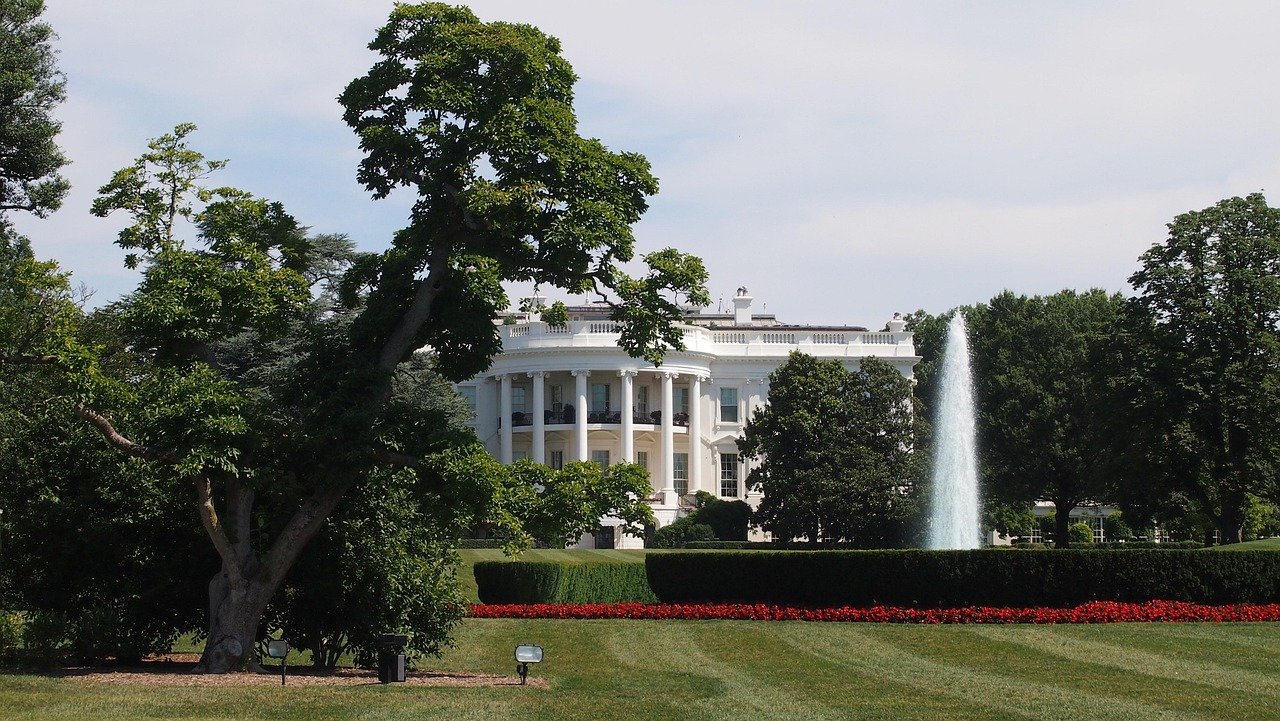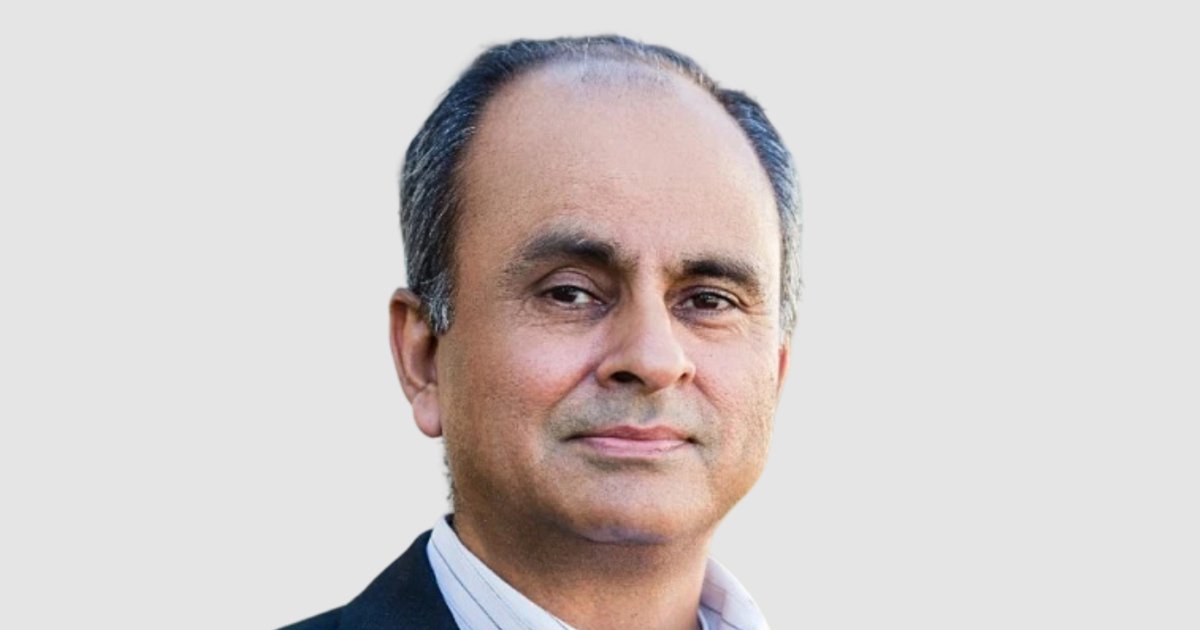San Francisco, a city known for its iconic Golden Gate Bridge, vibrant cultural scene, and tech-driven economy, also serves as an interesting case study for understanding the dynamics of commercial real estate and urban development. The city’s unique geographical constraints, combined with a robust economy and population growth, have created a complex interplay between commercial real estate trends and urban development initiatives.
Commercial real estate in San Francisco is characterized by high demand and limited supply. The city’s small geographical area—just 46.9 square miles—combined with its population of over 880,000 people has resulted in one of the highest population densities in the United States. This has led to skyrocketing property values as businesses compete for limited office space.
The tech boom has played a significant role in shaping San Francisco’s commercial real estate landscape. As technology companies flocked to the city over the past two decades, they brought with them thousands of employees seeking housing close to their workplaces. This influx drove up both residential and commercial property prices and rents, making San Francisco one of the most expensive cities in which to live or do business.
In response to these challenges, urban development initiatives have sought to maximize the use of available land while also addressing socio-economic issues such as affordable housing and transportation. One such initiative is the Transbay Redevelopment Project. This project transformed a former transit center into a mixed-use neighborhood featuring office buildings, retail spaces, affordable housing units, and public parks.
Another significant development is the Mission Bay neighborhood transformation from industrial wasteland into a thriving biotech hub with residential buildings and parks. It serves as an example of how careful planning can transform underutilized areas into vibrant communities that contribute significantly to the local economy.
However, these developments have not come without controversy. Gentrification has become a major issue in San Francisco as rising property values displace long-time residents who can’t keep up with increasing rent prices. Many argue that while commercial real estate development has brought economic growth, it has also widened the wealth gap and exacerbated social inequality.
In response, the city has implemented measures such as inclusionary zoning laws, which require developers to include a certain percentage of affordable housing units in their projects. Additionally, initiatives like the Small Sites Program aim to protect existing residents from displacement by helping non-profit organizations purchase rental properties in vulnerable neighborhoods.
In conclusion, San Francisco’s experience with commercial real estate and urban development provides valuable insights into the potential benefits and challenges of urban growth. It highlights the need for careful planning that considers not only economic factors but also social equity. As cities around the world continue to grow and evolve, they can look to San Francisco’s example for lessons on how to manage their own development in a way that benefits all residents.




















